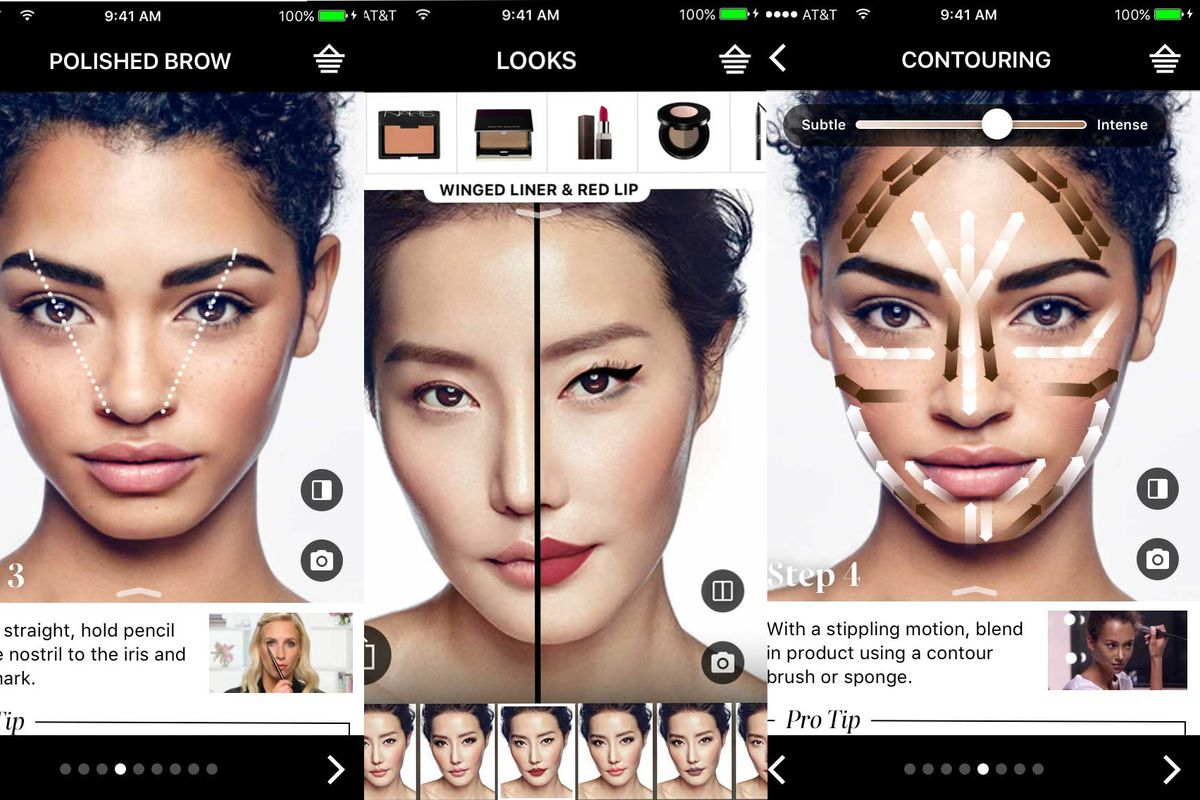If you’re asking “is retail dead”, just stop. It’s not 🤦🤦🤦
In recent years, many shopping malls globally have been closing. The closure of both anchor tenants and smaller stores alike appears to have heralded a future of a possible retail collapse.
For Singapore, physical retailers have seen sales drop by up to 70%, with some big brick and mortar shops, like Robinsons and Topshop closing.
“Retail is dying!” exclaims ‘analysts’.
“Retail is dead!” screams ‘experts’.
These are but the few fear-mongering comments amidst a sea of attention-grabbing headlines as many use limited data to make linear projections (because we all know how predictable the future is, right?).
Well, I’m here to tell you that that’s not happening. Retail is not dead. But it is changing and is very much thriving.
What is traditional retail?
Before I share what changes we are seeing in the retail industry today, it is important to first understand how the retail scene was like.
History of Retail
Retail experienced a paradigm shift when the world started building department stores during the mid-1800s. Quite a departure from the quaint “Mom and Pops” stores of the 18th century.
The world saw a transition as people were improving their quality of living. People started to care more than procuring daily necessities from the “Mom and Pops” stores. The department stores layout provided product demonstrations that appealed to the newly wealthy customers looking for how best to use their disposable income.
Later on, we see yet another shift towards shopping malls in the 1950s. People were getting bored of the product demonstrations and shopping malls catered to providing greater recreational entertainment like cinemas, or ice-skating rinks.
Shopping malls were considered a social center where people could come together to shop and have fun together. By 1960, more than 4,500 malls in the US accounted for 14% of all retail sales.
Traditional Retail Strategy
The retail strategy used for brick and mortar stores has been ingrained in many major organisations since the mid-1800s. These companies would be the one deciding the product to push to customers, and its distribution. Their focus was primarily on gaining market share.
These retailers were so focused on just in-store customer experience, that they missed out on countless opportunities to improve. Such opportunities included investing more in building networks through partnerships marketing, and innovations in how retailers could enhance their offerings through service and delivery.
Because retailers were slow in innovating, they were not able to catch up with the changing shopping habits. And consumers themselves didn’t view these retailers as partners in getting what they wanted but as a distributor.
What is retail like now?
1) Increasing shift toward a more customer-centric approach
Previously, the traditional retail strategy could work because of consumers’ are not fully informed of the product offerings in the market. Nor did they really have a choice. The number of brands back then was very limited.
However, we live in the Internet era. Consumers are able to search for more information, reviews on the product or service. Retailers can no longer put out and market products and services dishonestly to their target customers if those are not things they want.
Modern customers are also more likely to purchase from brands with a purpose. This means that they expect brands they support to champion and push for progress on different social issues.
Customers have become increasingly demanding 😡
Hence, retailers had to focus on understanding consumer needs and wants and marketing and providing genuine value. The updated retail strategy is more customer-centred, in which the company provides products and experiences based on their customers’ wants and needs.
2) Adoption of technology to improve the customer experience
The adoption of technology has helped retailers a lot in this aspect. It provided a solution to increasingly demanding customers.
You don’t even need to visit a physical store to see what the products will look like on your face!
Sephora, for example, introduced their virtual artist which uses augmented technology to help solve the problem of a messy make-up trial. The tool allows customers to easily determine how different cosmetic products look on them via an app, and provides the easy option of checking out.
Novochat allows you to chat directly with the business!
We all know the age-old problem of reaching out to brands to make a complaint or enquire about a product. Too many times have we been directed to customer support FAQs that don’t have answers to our questions. Too often have automated chatbots on online stores lacked options for the problems we are facing. The whole communication process was simply frustrating.
Thankfully, brands like Novocall built a conversational marketing platform, Novochat, to help customers chat directly with a customer support staff.
It’s through the development of tools like these that help retailers meet the demands for better customer service and support.
3) Integrating traditional and modern retail
The utilisation of technology and the rise of e-commerce have been the source of critics' claims of the end of retail.
Former Alibaba Chairman Jack Ma famously coined the term ‘new retail’, in which he saw the marrying of offline and online retail to enhance the customer experience. His comments came at a time when e-commerce had reached one of its highest points in growth 📈
For Ma, the future of retail isn’t just about the utilisation of various technological solutions or the provisions of alternative digital shopping channels (e.g. e-commerce). It’s about using the best of both worlds to improve the experience of the customer.
Think Alibaba’s He Ma supermarkets in which physical locations provide customers with the shopping experience they crave, with technology-driven delivery tools that ensure shoppers will receive their groceries by the time they arrive home.
Another form of shopping has entered into the picture. “Retailtainment” is when retail is married with entertainment and e-commerce.
Retailtainment started as a way around for consumers who enjoy the experience of heading to brick and mortar stores, but yet unable to do so due to the COVID-19 pandemic. These groups of consumers are dissatisfied with viewing products through online marketplaces like Shopee or Qoo10, but through influencers or models live-streaming.
Almost similar to teleshopping, retailtainment differs in how it engages with the audience. It includes gamification elements, like quizzes, contests and giveaways, acting as great motivation and incentive for users to keep coming back.
To prevent the death of retail, you have to be able to adapt to new situations and identify crucial retail trends to help you push out new, exciting and engaging promotions and better market the brand or destination.
Knowing this, how can retail be dead? It’s just impossible.
What’s next for retail?
Moving forward, we should see more businesses being multi-platform or utilising the “new retail” strategy, having both online and offline (brick and mortar) presence.
However, despite the growth of online retail, brick and mortar is not dying. Although growing, online retail still makes up only 19% of global retail revenue, with 81% still belonging to brick and mortar stores.
Even among the digital natives, GenZ, 81% still prefers to shop in-store. Despite online retail’s rapid expansion, physical retailers could still make a comeback or control their market share over the next few years.
After a huge transition to shopping online, customers expect retailers to know what they like, know what excites them. If your brick and mortar store doesn’t behave like your website in knowing what excites your customers, they’ll head elsewhere.
In summary, businesses should craft and maintain a digital presence so that the internet knows they exist.
Second, if the business chooses to have a physical store, they have to ensure they are able to provide a personalised experience when it comes to shopping behaviour, and also exciting in-store experiences to differentiate themselves from their online competitors.
Retail is not dead. Retail has just taken a new form. Online retail brought about huge changes, but physical retail still has a place in the world today.
What are the possible opportunities for me to learn about retail?
Glad you asked! 😎
A career in the retail industry is dynamic and ever-changing, especially so with new up and coming brands being created every day, and as retail technologies (payments, retail formats etc.) continually progress.
To pursue marketing in the retail industry, there are multiple opportunities you can get started with by understanding the types of retail jobs and internships there are. From finding opportunities in mall management to retail (like Pedro), or even e-commerce, there’s definitely something that would catch your eye!
I wish you all the best, and I promise you that a career in the retail industry will never have a dull day 😊
To learn more about the various marketing fields and jobs, you can learn more from the marketing blog of this marketing magazine!


